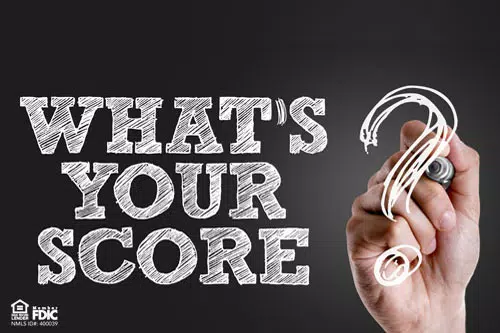When buying your first house, you'll need to save up enough money to pay for closing costs and to secure a down payment. In some cases, you might have to put down at least 20% to be able to obtain a mortgage. However, a 20% down payment is not as typical as it once was. You may still get approved for a mortgage with a smaller down payment, but the trade off is that you may need private mortgage insurance (PMI). The monthly fee for this mortgage insurance is usually required until you have a loan-to-value ratio (LTV) of 78%. Monthly mortgage insurance may be required below 78% LTV for some loan types.
For example, say you borrowed $180,000 on a home that sold for $200,000. That means you put down a 10% down payment of $20,000, and your LTV is 90%. You will likely be required to hold mortgage insurance. But once you've paid down your mortgage by another $20,000 to get to 80% of the value of the home paid for, you can request the lender cancel the monthly mortgage insurance on your loan. The amount that you'll pay in PMI will depend on your credit and the size of your down payment.
Government Loan Programs
There are government programs available that can help you purchase your first home. These programs have lower down payment requirements, which are helpful if you haven't been able to save a lot of money.
FHA loans. You can qualify for these loans with a 3.5% down payment. The mortgage insurance percentage on FHA loans tends to be higher than for non-FHA mortgage types. This is more manageable for some borrowers since the insurance payments are spread out, and the upfront costs can be lower.
VA loans. Active duty, veterans, and surviving spouses of military members may be eligible for this program. It’s possible to qualify for a mortgage loan with no down payment. Mortgage insurance is typically not required either. A funding fee is usually charged during the closing process to help fund the program.
State and local programs. States, cities, and counties may offer assistance programs to help buyers with down payments. The purpose of this is to attract home buyers to the area. Assistance with down payments includes benefits like competitive interest rates and tax breaks, though the programs usually have a maximum sale price and income limits. While this option is certainly not meant for individuals buying vacation properties or million-dollar homes, there is a wide range of available options for many other home buyers.
Other Options for Down Payments. Another possible way to get help with a down payment is through family members. This will require documentation that verifies that the amount was made as a gift and is not a loan. The donor must also confirm in writing that they're financially capable of making this donation. Otherwise, lenders would need to consider the repayment terms and include the information in the borrower's debt-to-income ratio calculation.
The most basic way to pay a down payment on a home is to save. Putting together a savings fund to cover down payment, purchase fees, and unexpected expenses requires a dedicated savings strategy. You might consider paying off other debts to improve your debt-to-income ratio and then saving the amount you paid monthly for that debt towards a down payment. It also helps to start improving your credit score as early as possible.
Here's a calculator that will help you determine whether it is better to put a smaller or larger down payment on a home, given other loan terms. If you want to look at other down payment options or need some ideas on saving money for a down payment, NASB can provide guidance. Our experts can be reached at 888-661-1982. You can also download our NASB eBook, So You’re Thinking of Buying Your First Home?




